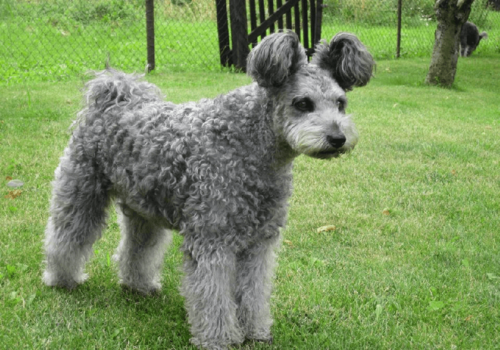The Pumi’s coat is a combination of wavy and curly hair. It corkscrews and curls over the entire body in an even mixture of soft, insulating undercoat and harsh, protective top coat.
To groom the Pumi, comb him every week to remove mats or debris. He won’t leave a lot of hair on furniture or clothes, but quite a bit will come out when you comb him.
After combing, wet the coat and let it dry naturally to restore the curl. Never blow it dry, or it will look fluffy instead of curly. Trimming is usually only necessary every three months or so. You may want to find a reliable groomer when it's time for trimming.
The Pumi doesn’t need frequent baths, but if he spends a lot of time on your furniture or bed, you may want to bathe him monthly.
The rest is basic care: Trim the nails every three to four weeks, or as needed. Brush the teeth often — with a vet-approved pet toothpaste — for good overall health and fresh breath.












